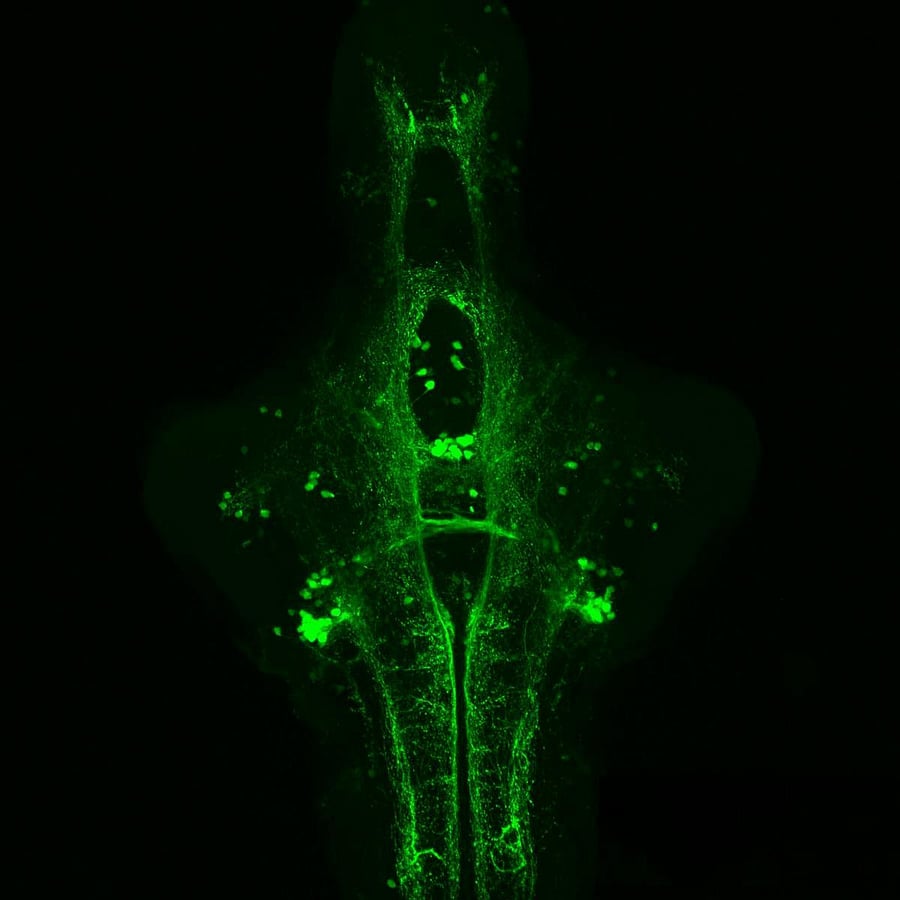In an exciting medical find, a small tropical water fish, commonly found in shallow streams and ponds, has thrown up a potential cure for paralysis in humans.
Working at the National Centre for Biological Sciences (NCBS), Dr Vatsala Thirumalai and Urvashi Jha of the Neural Circuits and Development Lab were studying the mechanisms which allowed animals to move at different speeds.
In the course of their six-year research, the pair discovered that parallel neural pathways bypassing the brain’s control enabled animals to move faster. This was done by activating nerve cells called motor neurons.
Now, the scientists believe that such adaptability by motor neurons can be exploited to rehabilitate spinal cord injuries and paralysis in humans.
“There’s lots of things you can do even at the level of the spinal cord for people who have suffered paralysis,” Dr Vatsala said.
“A stroke, for example, affects the brain’s motor cortex which controls the initiation of movements like walking and halting. In the case of spinal cord paralysis, the neural link between the brain and the spine is broken. However, it is possible to use mechanisms that are available at the level of the spinal cord and design rehabilitation therapies to make use of adaptable motor mechanisms to restore function.”
It is already understood that locomotion is produced when limb muscles are contracted in a coordinated fashion through electrical impulses sent by motor neurons located in the spinal cord. Brain “speed” circuits select a suitable course of action and the frequency of motion.
“The mechanism is almost like engaging gears in an automobile,” the authors said.
Using larval zebrafish as test subjects because of their ability to maintain a stable position in streams by generating swims to counter drift, the scientists activated dopamine receptors on motor neurons of the fish.
This caused their receptors for dopamine to be activated, which in turn activated more motor neurons and prompted them to swim faster.
The authors described these results as exciting because they show that motor neurons, which are thought to only relay commands coming to them, are capable of altering behavioral output.
“By taking a leaf out of what we have published so far, if you activate dopamine receptors, this causes motor neurons to become more excitable and more likely to fire action potentials and trigger muscle contraction.
This could potentially be used with future stem cell therapies, where dopaminergic stem cells are grafted onto a person with a spinal injury and then these cells will start to make dopamine which could potentially restore some of the function at the motor neuron level,” Dr Vatsala said.
The results of the study were published on Thursday in the journal Current Biology.

